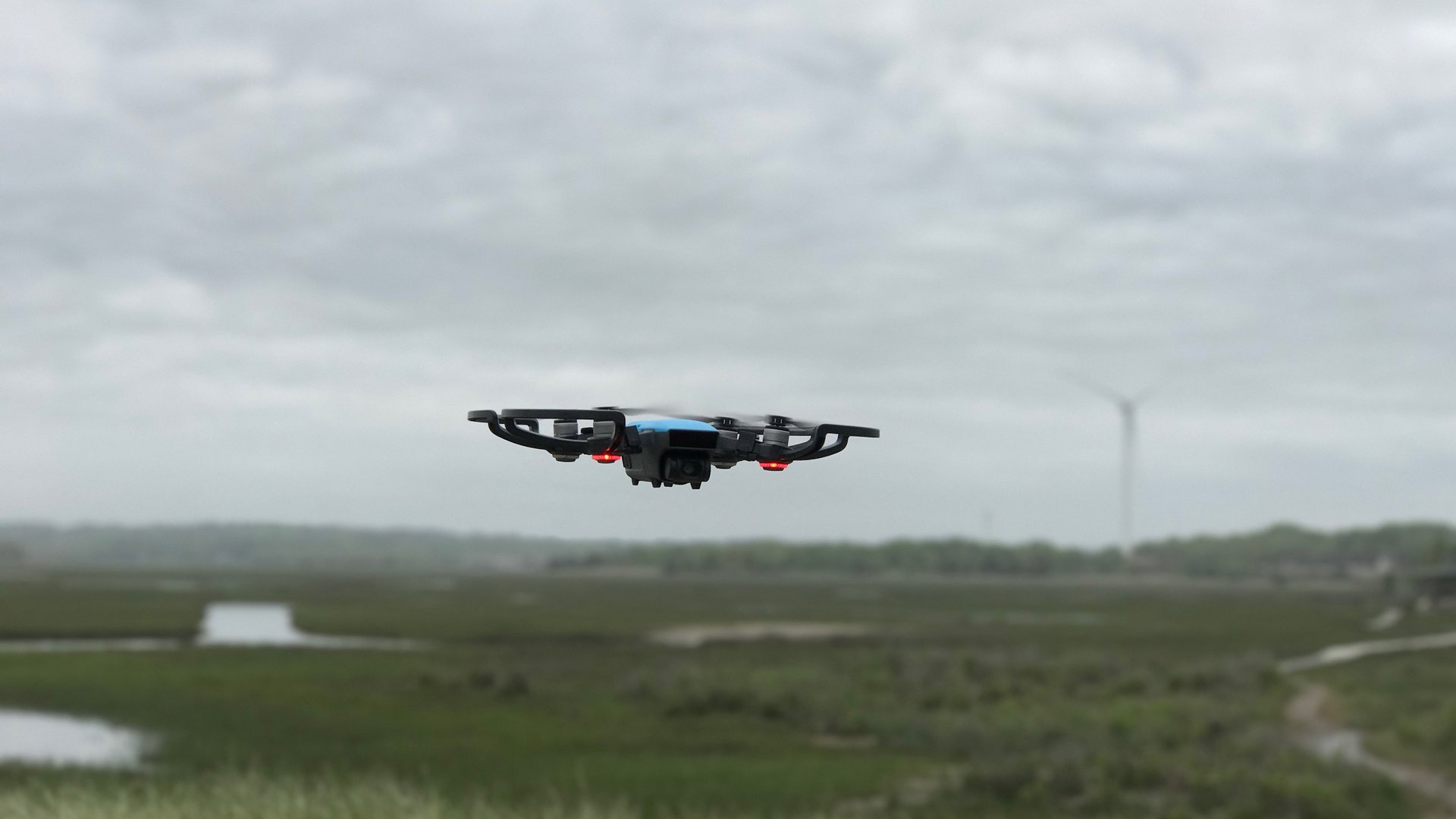People are complaining that their new DJI drones are falling out of the sky
The DJI Spark, the smallest and most affordable consumer drone that the Chinese manufacturer has released, seems to be having flight problems that could have dangerous side-effects.


The DJI Spark, the smallest and most affordable consumer drone that the Chinese manufacturer has released, seems to be having flight problems that could have dangerous side-effects.
On DJI’s support forum, multiple users—Quartz counted at least 14 separate complaints across two forum posts—have reported that while they were flying, their Spark drones have switched off and fallen like rocks out of the sky. In some cases, the drones were close to the ground and were easy for their owners to retrieve and send diagnostic information to DJI, but in others, the drones crash landed in thick woods, or, in a couple of instances, in lakes.
One forum member posted a video of their drone losing connection while they were still flying:
Quartz gave the Spark a very favorable review after it was released in May for its portability, and how simple it was to fly and take photos. But in testing, Quartz had issues where the wifi connection between the $499 device and the cellphone controlling it was cut, causing the drone to wander listlessly in the air. Thankfully, DJI’s drones come equipped with technology that allows them to remember where they took off from, and, after they lose connection to their controller, they will eventually return.
It’s not clear what caused these crashes—some forum posters suggest some could’ve been user error, but others shared their drones’ flight logs and showed nothing out of the ordinary had been happening before the crash. Some posited that the sensors that detect how close the Spark is to the ground, and what direction the drone is facing—the drone’s engines will shut off when the Spark is on the ground or when it’s titled 90 degrees lengthwise—might have misinterpreted where the drone was, and thought it was time to power down.
DJI told Quartz it was looking into the issues on the forums we uncovered. “DJI is aware of these reports and we are investigating to determine the causes,” a spokesperson added.
The Spark weighs about 300g (0.6 pounds), and is roughly 5.5 inches wide. If it were flying near 400 feet up, the maximum altitude US regulators allow drones to fly, when it fell, it would likely do a fair bit of damage if it hit you on its way down.
The issue feels similar to a problem that action-camera company GoPro had with the launch of its first drone, the Karma, last summer. After shipping roughly 2,500 drones in the month of October, it issued a recall on the night of the US presidential election, as the drones were falling out of the sky due to a loose connection between the drones and their batteries. Unlike GoPro, however, DJI has been building well-respected consumer drones for years, so any production issues after more than four years without major problems would come as a surprise.
It’s not clear whether the issue is widespread—every new consumer electronics product tends to have a few faulty units—but even a relatively small issue can have grave consequences for a business. Samsung eventually issued a global recall for its Galaxy Note 7 smartphone, with airports and airlines around the world banning them after only about 112 caught fire.
Update July 25: DJI provided an updated statement to Quartz:
DJI is aware of a small number of reports involving Spark drones that have lost power mid-flight. Flight safety and product reliability are top priorities. Our engineers are thoroughly reviewing each customer case and working to address this matter urgently.
DJI products are tested for thousands of hours, and the overwhelming number of customers enjoy using our products with minimal disruption.
We are looking to implement additional safeguards with a firmware update which will be issued soon. When prompted on the DJI GO 4 App, we recommend all customers to connect to the internet and update their aircraft’s firmware to ensure a safe flight when flying their Spark.